Born from a collaboration between Leitz and Minolta, the Leica CL was introduced in 1973 as a premium compact rangefinder camera with a 40mm Summicron lens as well as a 90mm f4, designed specifically for the system. At the time, the 40mm focal length was very popular in compact cameras since it presented an alternative to both 35mm and 50mm lenses. There has been a long discussion about its commercial success and the reasons for the production ending. Nevertheless, there is no substantial evidence supporting the rumors about the so-called cannibalization of the Leica M series sales. There is evidence however of the contempt coming from the Leica purists who seem to dismiss it as some kind of lesser-leica Leitz abomination of the seventies.
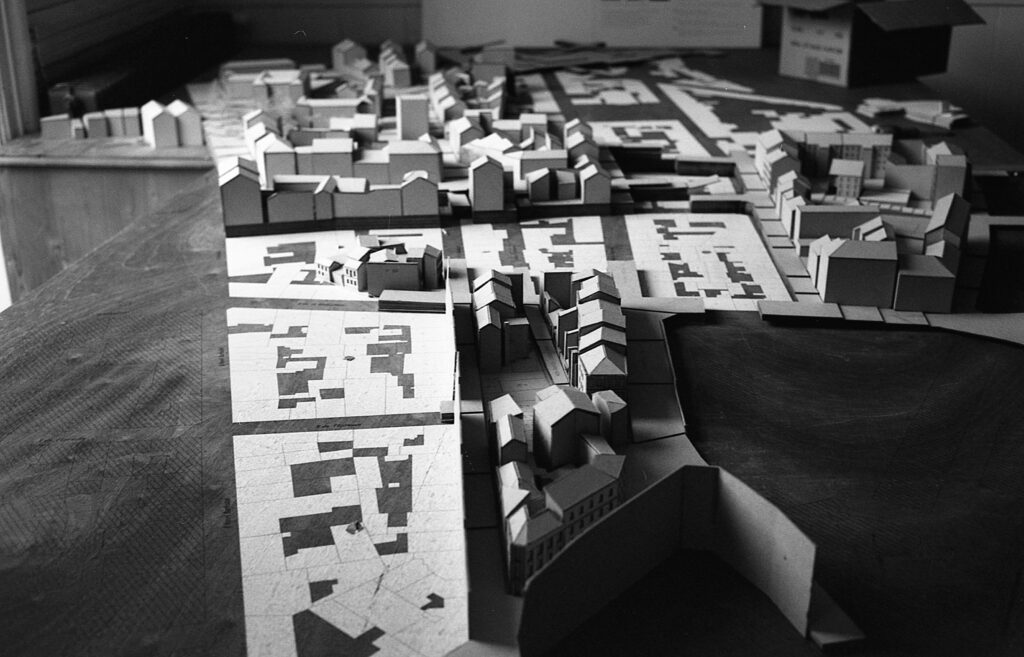
Not a real Leica…
Produced as a collaboration between Minolta and Leitz, the camera was designed in Germany and made in Japan from 1973 until 1975. As the camera was assembled by Minolta, some photographers seem to find a lack of built quality in the camera body. This may be discouraging for some others, nevertheless I find the construction solid and robust and far superior in comparison to other compact rangefinders of the time. Furthermore, the camera was built around the 40mm Summicron. It tends to be forgotten that this high-quality lens was designed and built in Germany. Just in case the nationality of labour itself determines your judgment towards photographic gear… Jokes aside, the optical performance of this lens is very pleasing, especially in comparison to the Canonet QL17 or the Yashica Electro GX.
Restricted focal lengths
Here’s one of the major misunderstandings within a historical overview upon the Leica CL. The difficulty to mount collapsible lenses as well as the lack of frame lines for wide-angle lenses has been widely pointed out. Is it the major fault of the CL not having the M4-P / M6 viewfinder? Is it pertinent to evaluate a piece of gear for what it isn’t and did not pretend to be?
From my perspective the Leica CL was designed to be a capable tool for newcomers and advanced amateurs who would use the 40mm Summicron as a standard lens. The system also presents the possibility to mount a 90mm lens to cover additional needs. In that regard, the camera offered a lot more than any other compact rangefinders of the time. At the same time, it was never intended to replace the whole M system. It makes much more sense to think about it as a first step towards an M camera. Perhaps the only real “crime” of the designers was to incorporate the 50mm frame lines along with the 40mm ones in the polemical viewfinder.
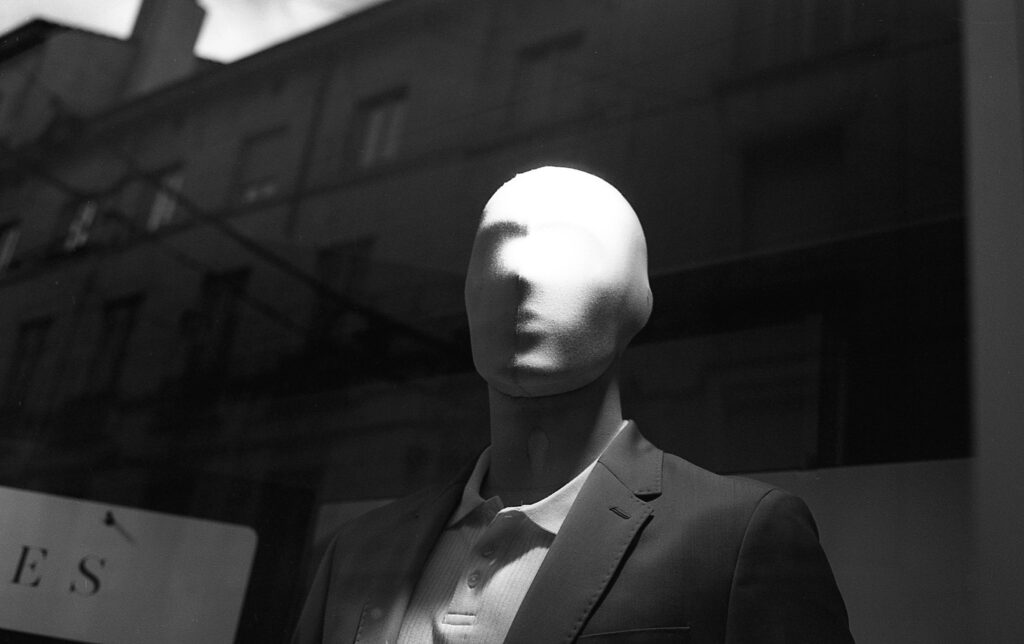
Crowded viewfinder and an alternative tweak
When looking through the viewfinder of the CL, the 40mm and 50mm frame lines appear at the same time. The proximity of these lines has been pointed out many times as a major disadvantage of the camera and indeed I felt that way even though the viewfinder is very bright and the patch is clear and precise (paired with the 40mm Summicron).
It just so happened that I was able to try out the 90mm f4 for a moment in a local photo store. The view was much spacious and usable from my perspective so I asked my trusted technician if he could leave that pair of frame lines visible when the 40mm was mounted instead of the 40 / 50mm default setting. I am convinced that this is one case in which it would be desirable to make the proper arrangement in order to only have the 40mm frame lines in view. In any case this is close enough to that ideal and absolutely usable for my photographic needs.
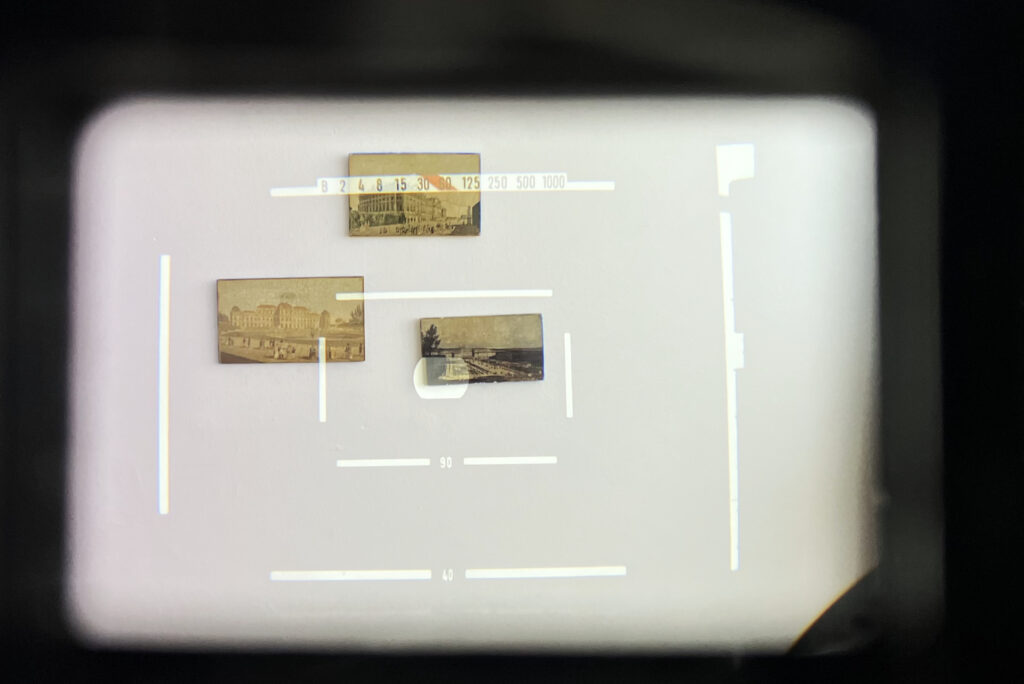
Uniqueness
This is the only Leica camera body to offer a viewfinder with frame lines for a 40mm M-mount lens, the only other option to my knowledge is the Voigtländer R3M. Actually, the native Summicron is the only 40mm lens made by Leica to this day. So, if you really love this focal length, there is no better choice.
In contrast with other rangefinder compact cameras of the time, the CL offers complete manual controls with the additional option of a telephoto and, in case of need, a body for an M mount Lens. I prefer to think about this camera as a whole different system than the traditional Leicas but with the benefit of eventual compatibility with the M-mount.
Finally, this camera along with the M5 are testimony of the last attempt of real experimentation in the field of industrial design from the Leitz company. The shutter speed front dial, the lateral strap lugs and the rewind crank in the lower part of the camera body can’t be found elsewhere. In my perspective, after the commercial failure of the M5 the Leica designs have remained constant to the extreme of fetishization but that’s another story…
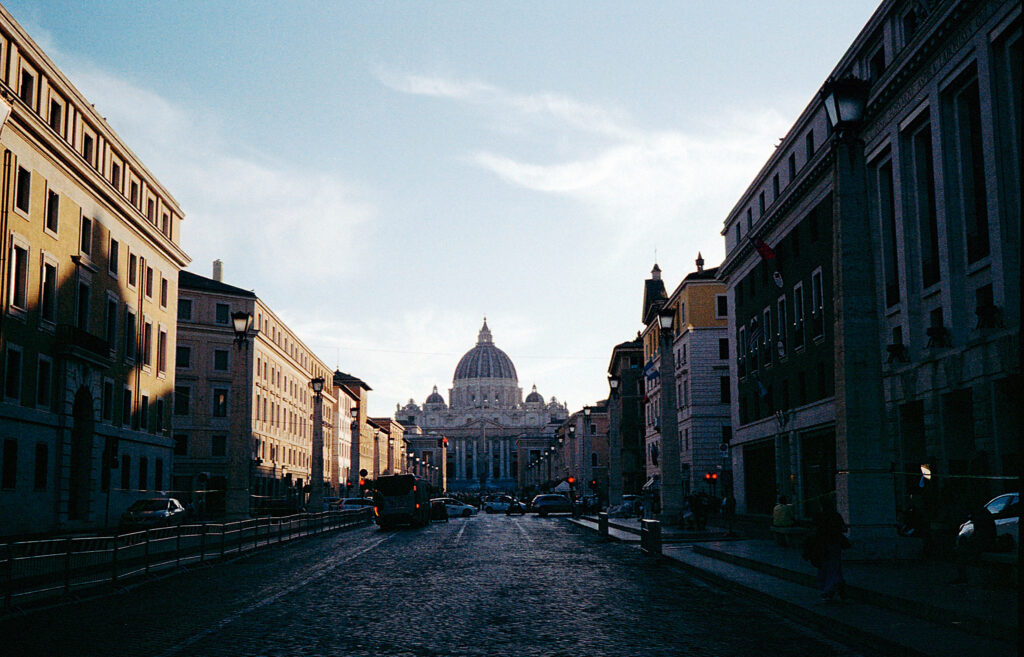
My story with Leica CL
Almost 10 years have gone by since I started my journey in analogue photography, my first companion in this quest was my beloved and now lost Nikon FM2. In my first deviations with G.A.S. I discovered the virtues and joys of the rangefinders via a lovely Yashica MG1 and many others including Canonets and Minoltas. From that experience I learned that the 40mm focal length was perfect for my style of shooting. At some point all my cameras were stolen. It was devastating for the loss, but at the time I realized that some of the lost cameras had been unused for years, gathering dust on a shelf.
I decided to restart everything using just one camera for a year. I had to choose wisely. My new camera had to be a rangefinder preferably with a 40mm lens and complete manual controls since I use to under and over expose and compensate in developing. And it had to be beautiful, of course… The deal was closed when the Leica Store in Vienna displayed a CL in excellent condition, working light meter at a reasonable price, and free shipping to Mexico City. Three years have gone by and this is still my only camera.
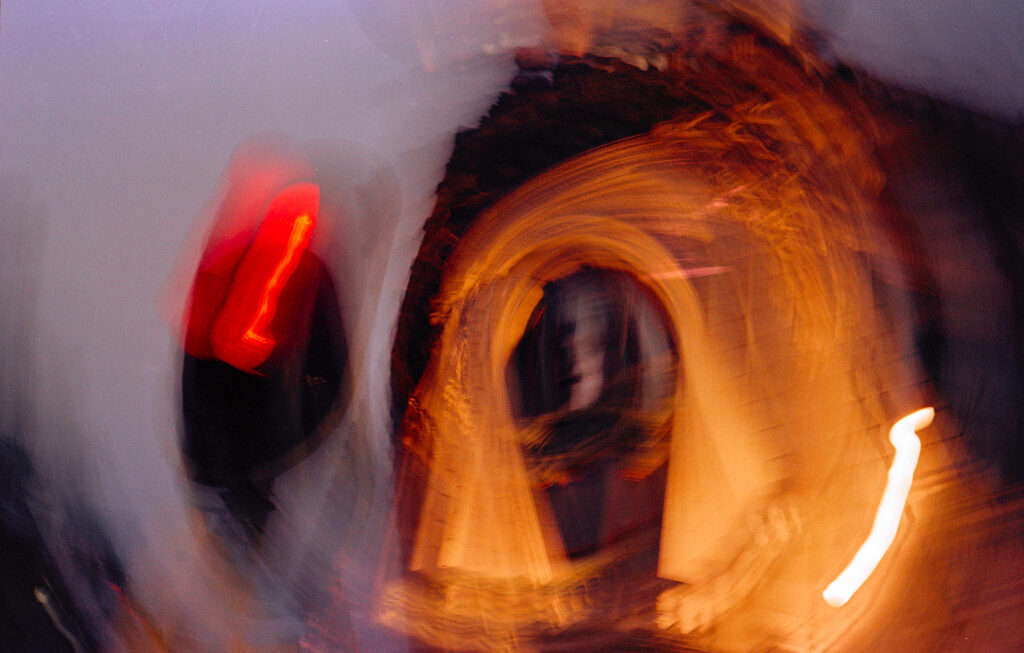
There are of course some flaws: The light-meter is not all that intuitive to read and the battery is hard to find. This is easier to let go since I rarely use the internal light meter. Nevertheless, my life would be easier if the strap lugs would be on the other side of the camera, etc. None of these aspects are decisive regarding my preference for this little and marvelous piece of gear. For once I feel I have the right tool for my way to create (good and bad) images, that’s what gear is about, isn’t it?
Thanks for reading!
You can find me on Twitter and Instagram.
You can also find another review of the Leica CL here and the 40mm Summicron here
Share this post:
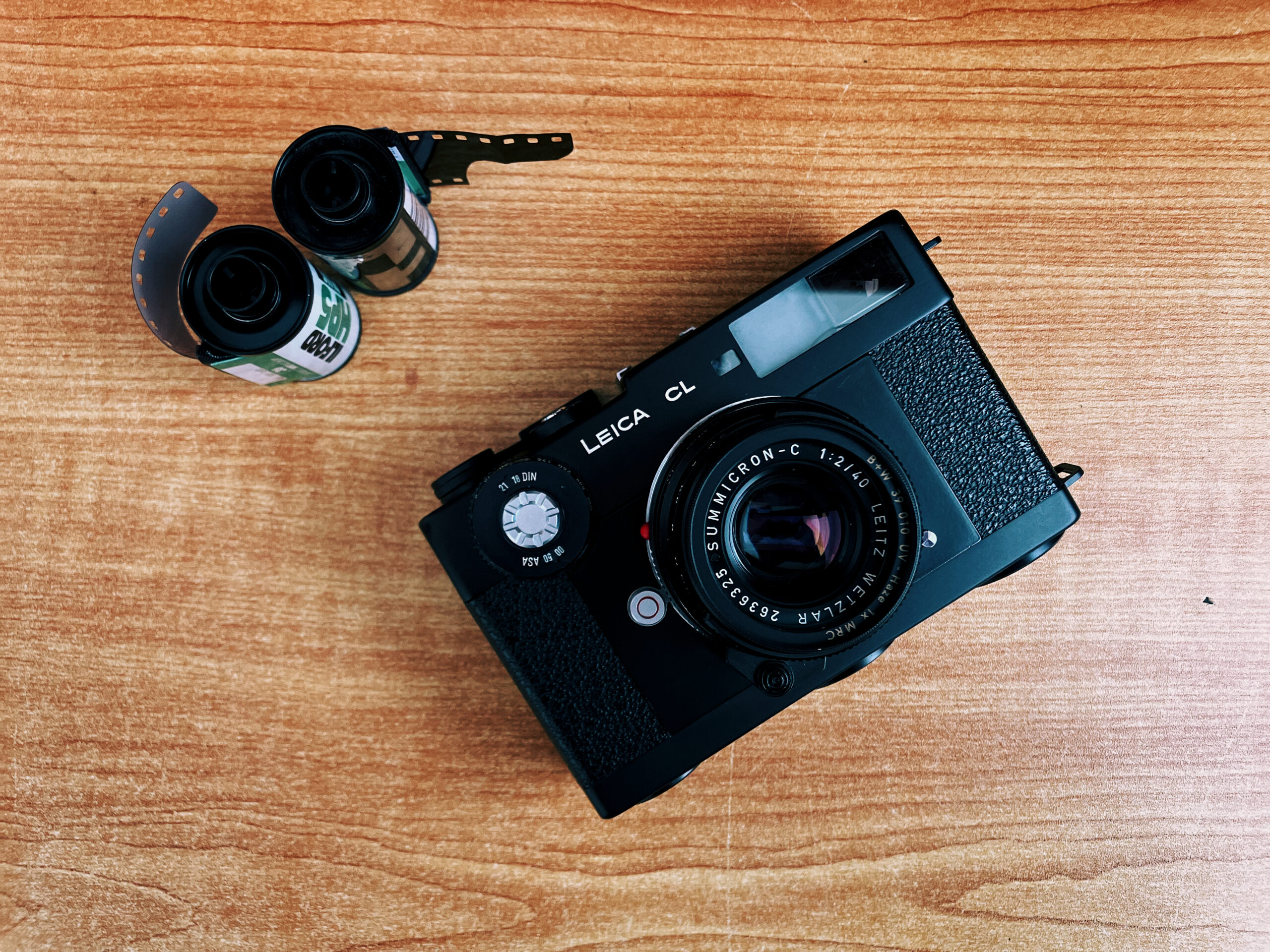
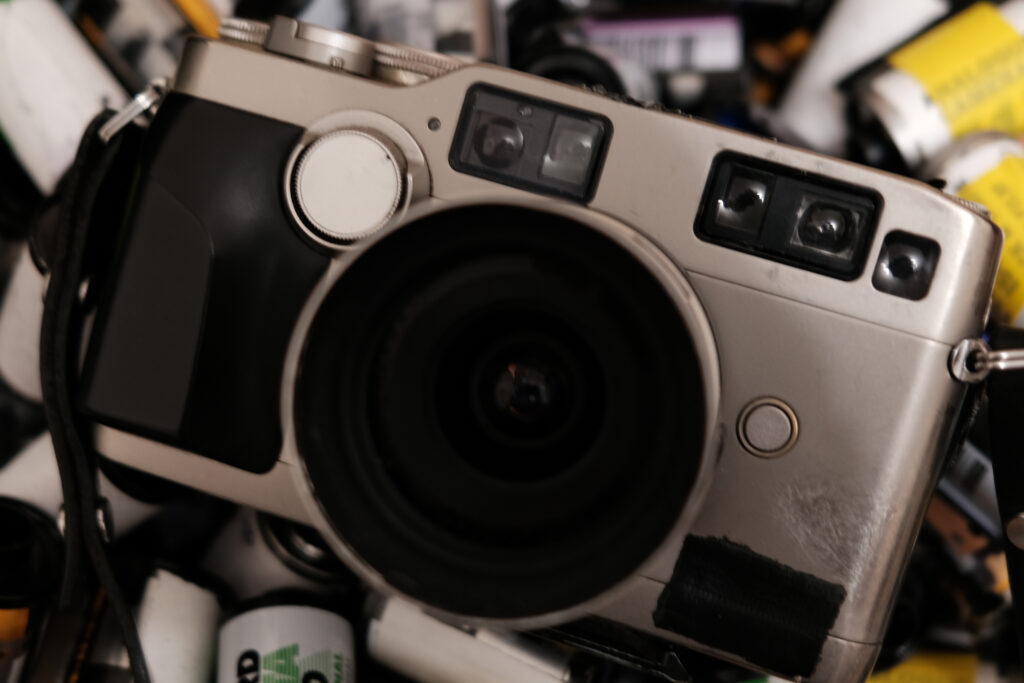
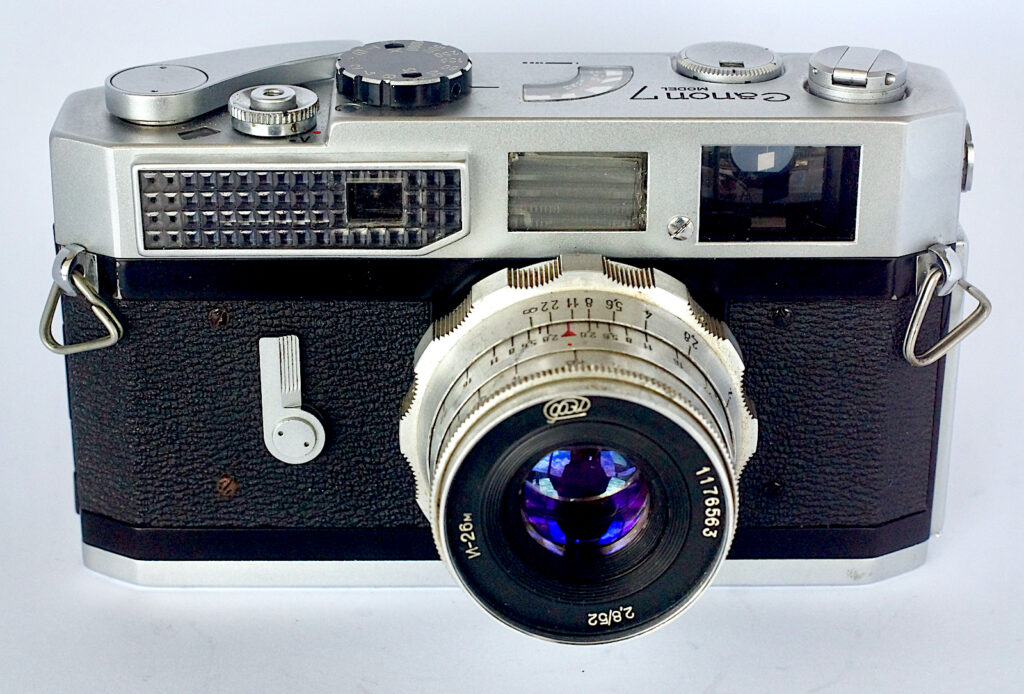
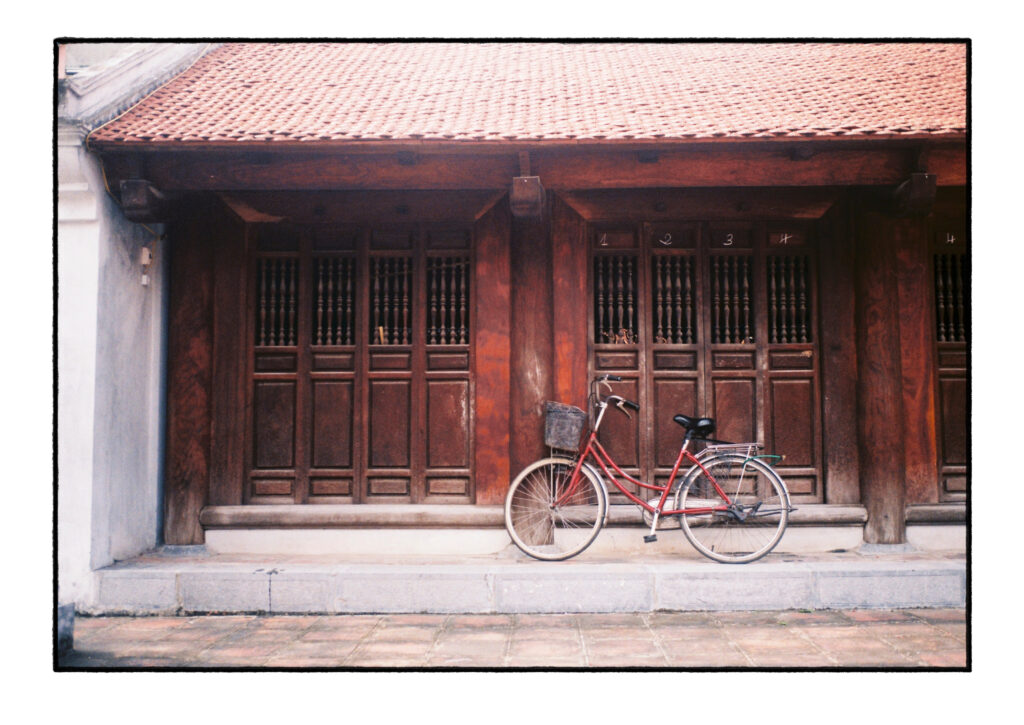
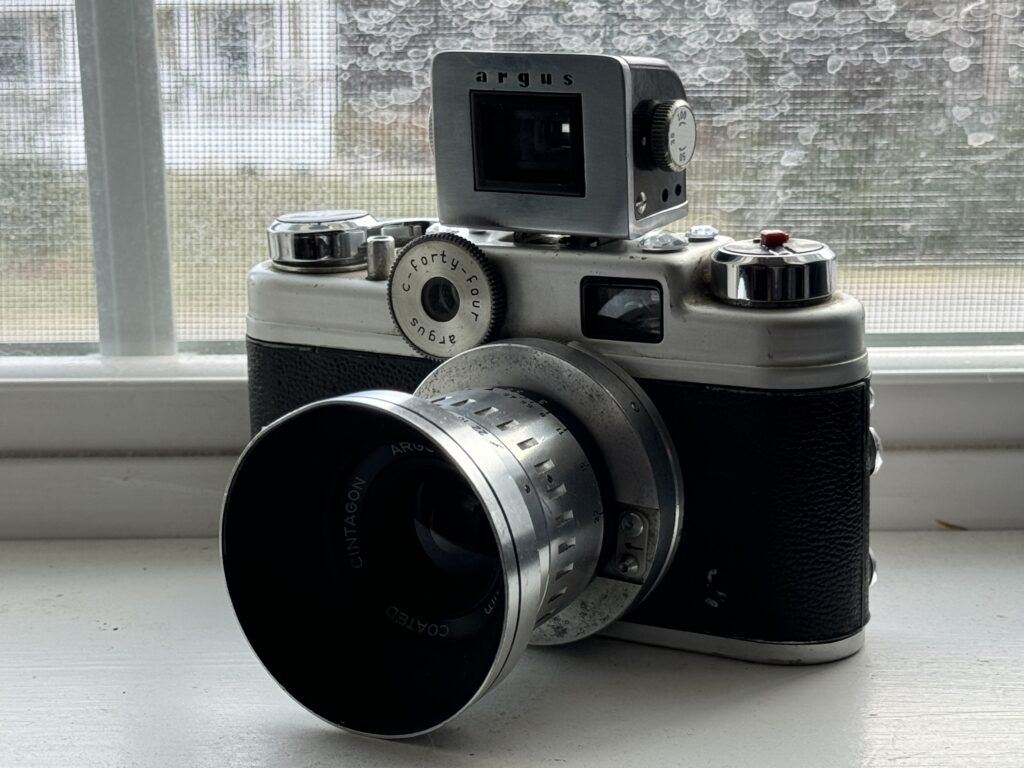




Comments
Jeff T. on Leica CL – A Vindication
Comment posted: 05/08/2024
David on Leica CL – A Vindication
Comment posted: 05/08/2024
Eric Norris on Leica CL – A Vindication
Comment posted: 05/08/2024
Scott Edwards on Leica CL – A Vindication
Comment posted: 05/08/2024
Dr. Owen Wrigley on Leica CL – A Vindication
Comment posted: 05/08/2024
Damnatio Ad Bestias on Leica CL – A Vindication
Comment posted: 05/08/2024
An American traveler I met in Luxembourg Gardens showed it to me in the early '80s. His was covered with black tape to hide what it was. Once stateside I bought one in Oak Park Illinois, the 90 too. Great camera. Admittedly though towards the end it did become a bit shakey, but then it had seen a lot. Once I watched the suitcase it was in fly off the top of a rickety bus and tumble along the road on Flores, Indonesia. The CL kept on going a good twenty years more but at the end, well, it was the end. And then it was stolen, right before its last snaps.
Great little camera though, really great.
The Canon G10 sometimes after that, now Sony Alpha R series.
Shoot. Shoot everything. Films so cheap and there's so much you'll want to have documents of. Mom, dad, family, pets, life. All of that streaming slowly across my screensaver, fading in and out, multiple monitors at once, it's the best collection of stuff I've ever assembled. It's life. My life. Become your favorite photographer. You're the only one that can shoot what is the most interesting and important to you, even if it's simply your dog. Shoot!
Comment posted: 05/08/2024
Gary Smith on Leica CL – A Vindication
Comment posted: 05/08/2024
Tony Warren on Leica CL – A Vindication
Comment posted: 05/08/2024
Dan Castelli on Leica CL – A Vindication
Comment posted: 06/08/2024
I'm so delighted to read another photographer's comments on the Leica / Leitz-Minolta CL! I bought a CL about 12 years ago to use as a 'briefcase' camera' and a back-up to the 'real' Leica M2 & M4-P cameras I owned. Fast forward to 2024, and I have added a L-M CL to my collection. I'll keep my M2 because it's my legacy camera but I'm selling my M-4P and will add a CLE. My CL's are wrapped in a Mr. Zhou half-case which provides more than adequate protection for the lighter camera. My lens of choice is actually the Voigtlander is the color-skopar 35mm f/2.5. Slightly wider than the 40mm, I use it to compose with the 40mm framelines. I've also got the 40mm m-Rokkor f/2.0. My meters work, but I don't like the Leica metering field, so I use the Voigtlander VC II meter.
As for the sturdiness of the CL, it was never meant to equal the build quality of an M series body. "It's not as tough as a M6." I'd venture a guess most people who use Leica's will never be placed in a situation so dire that the camera itself may be destroyed (like a photojournalist in a combat situation.)
It does what it was designed to do without major shortcomings. The only persistent weakness is the slotted take-up spool. If you carefully thread the film tongue into two of the white slotted fingers, you reduce the mechanical stress on the plastic. Carry a strip of Gorilla tape or gaffer tape if they fail and keep shooting.
If anyone out there has an engineering and manufacturing (CNC or equiv.) background, design a strong replacement part. You'd be our hero.
It's a light-weight, reliable camera that has the M mount so you have lots of access to various lenses. You can always get an external viewfinder to cover the viewing field of lenses other than 40mm, 90mm or 28mm.
It's become my EDC and travel camera.